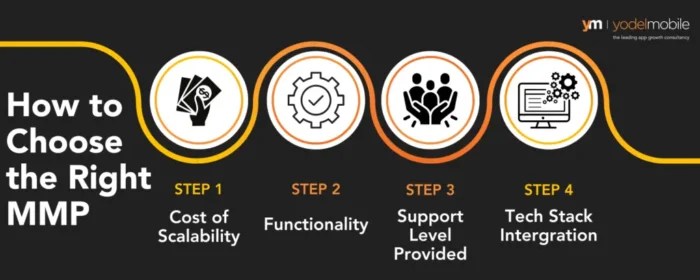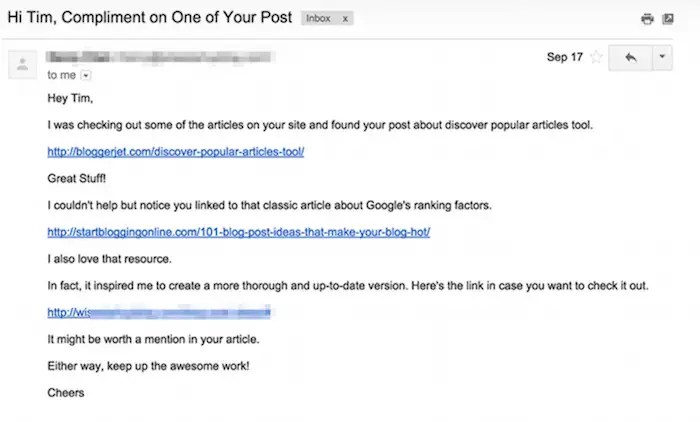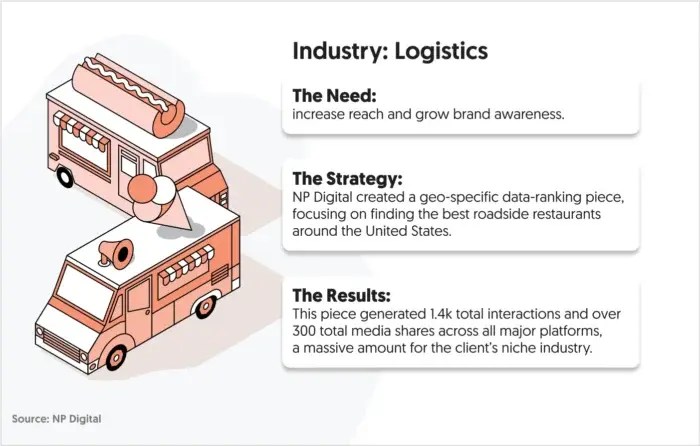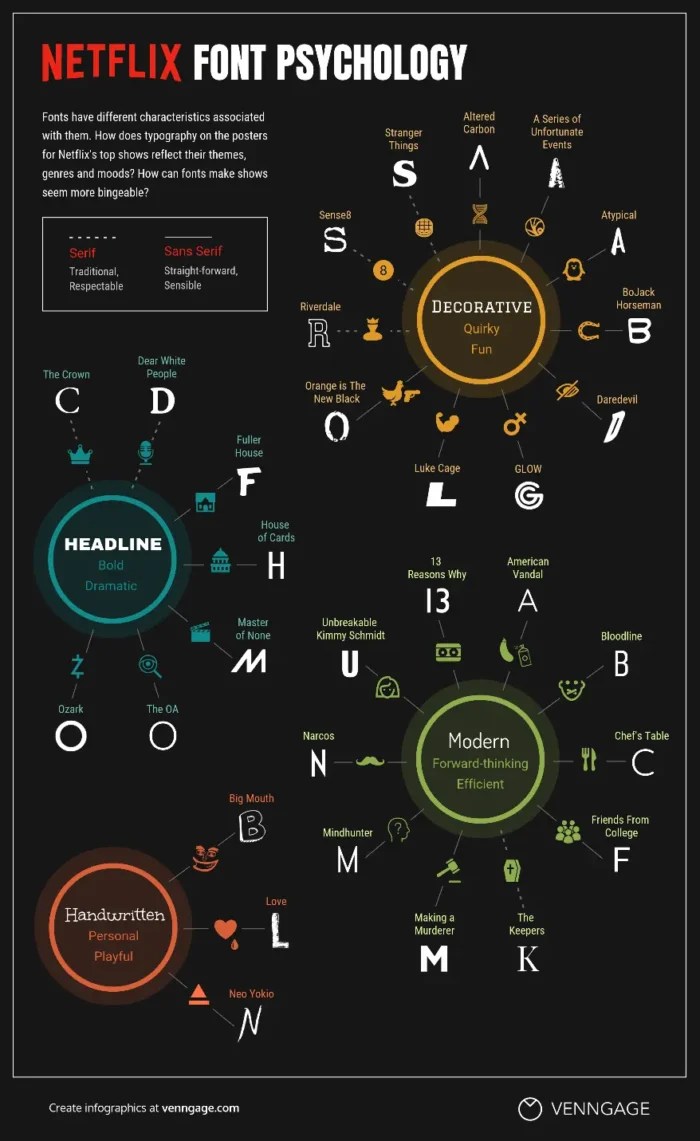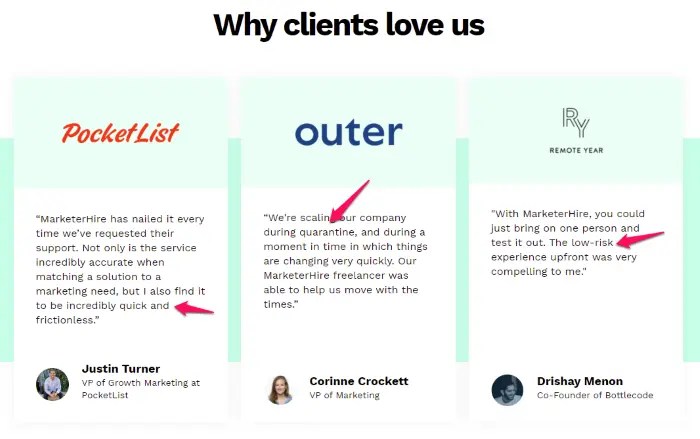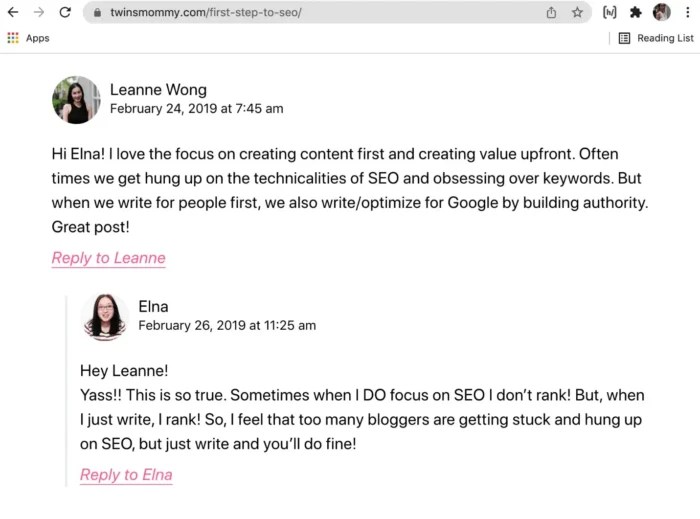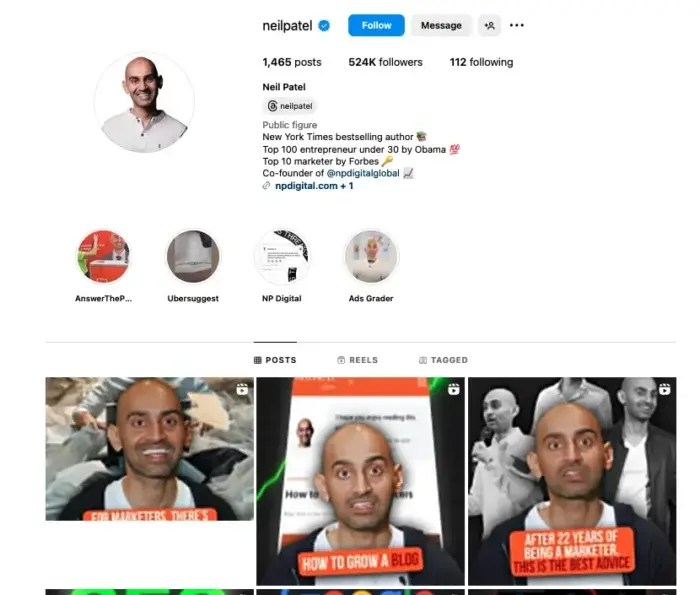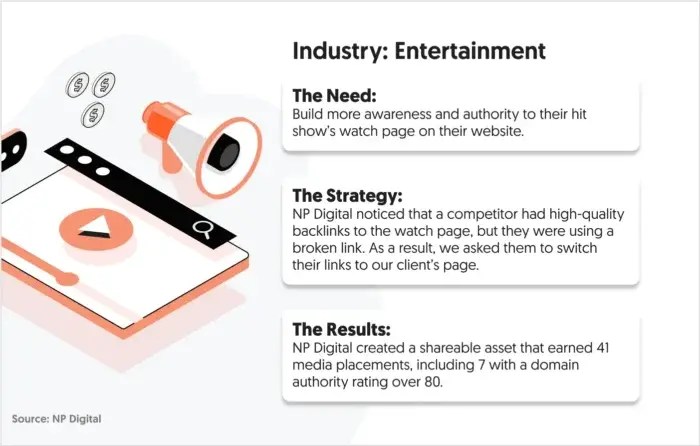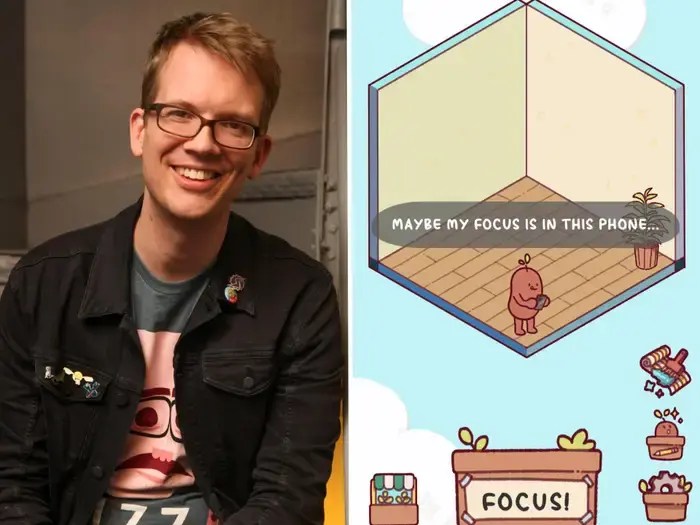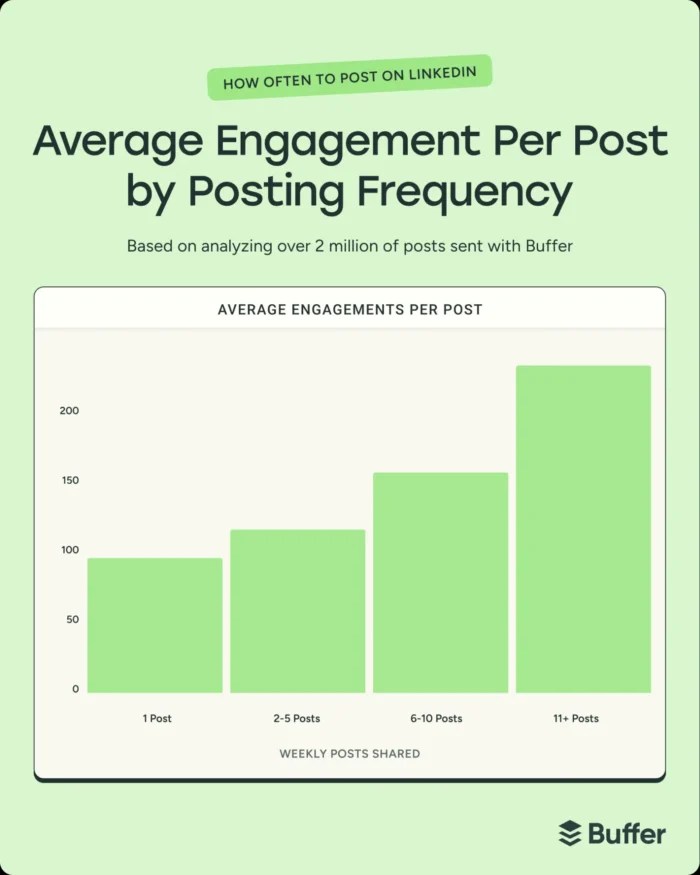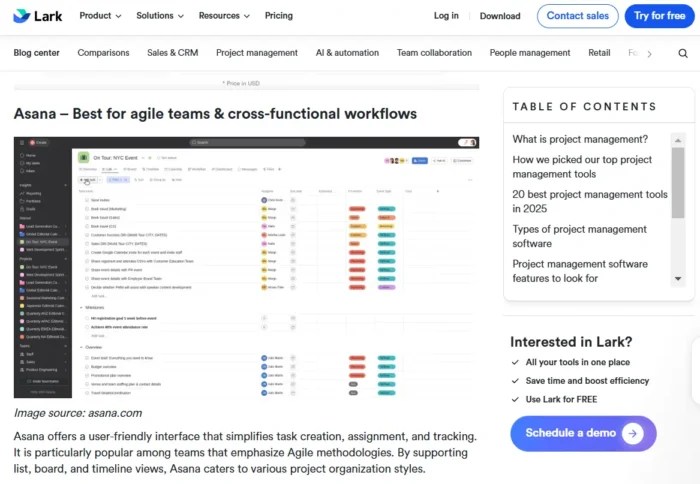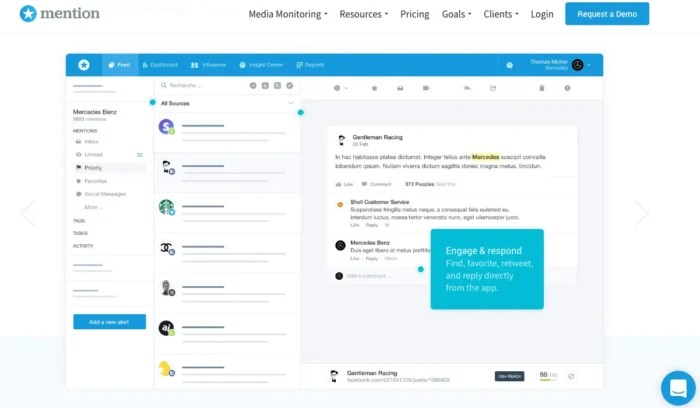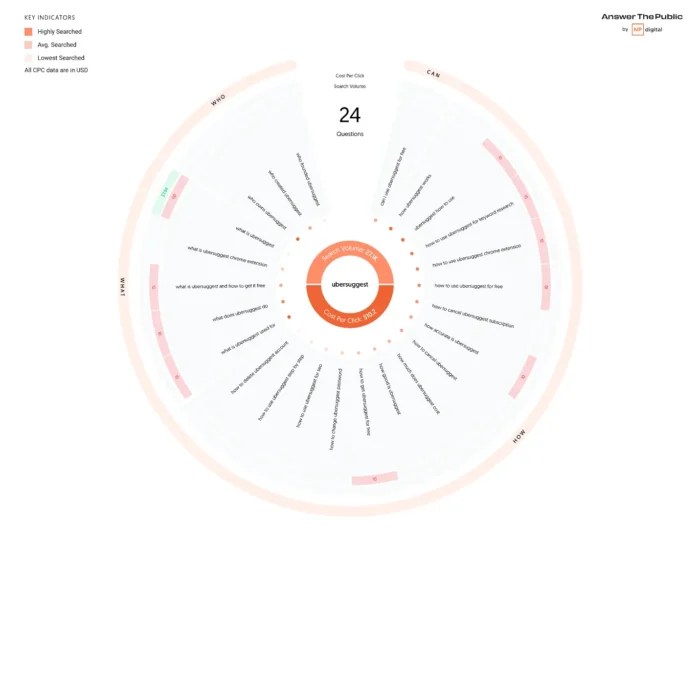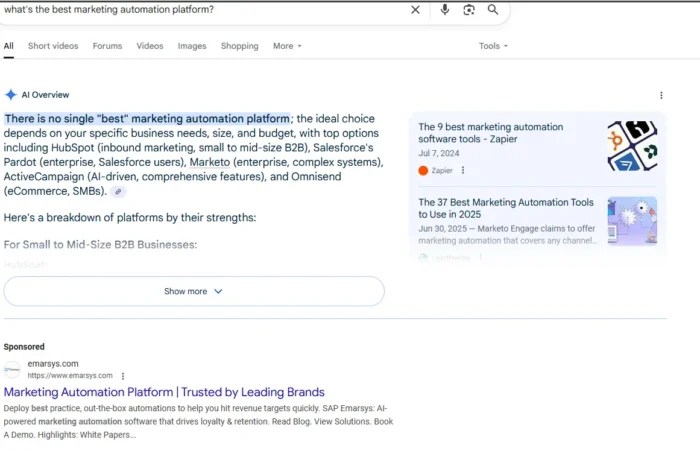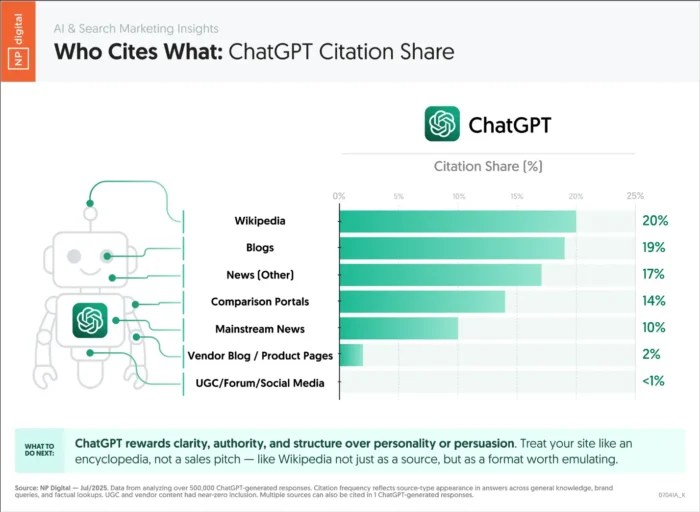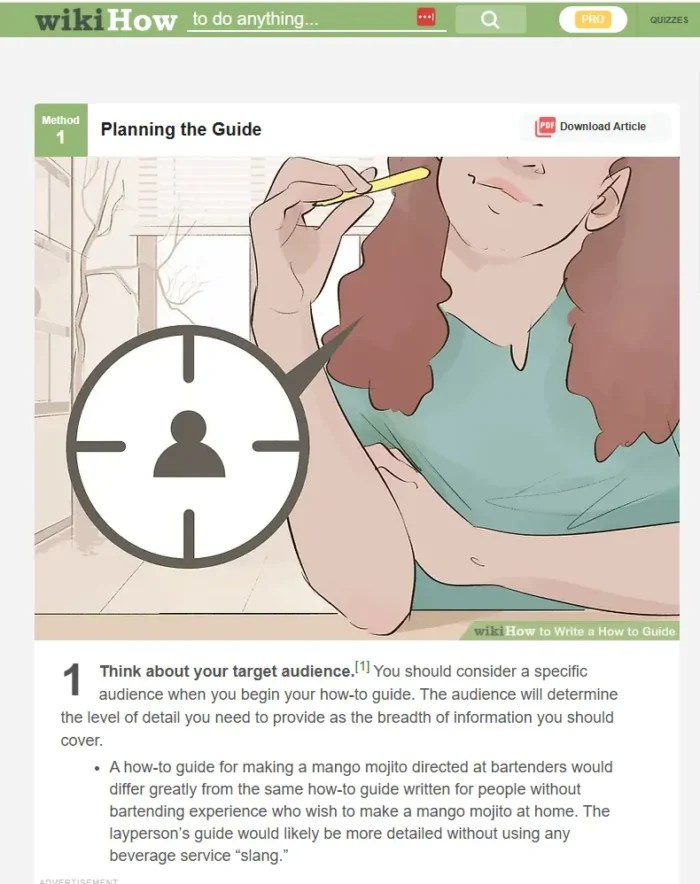Omnichannel Marketing: Definition, Tips, & Strategy
Omnichannel marketing is a way to make your brand feel the same everywhere: website, email, ads, social, SMS, app, and in-store. People can start on their phone, switch to a laptop, and buy later without friction.
Why is this important?
Your customer doesn’t think in channels. They see one brand. If your ads, emails, site, app, and store don’t match, money slips through the cracks. Omnichannel marketing closes those gaps and moves more people to buy.
But how many more people are buying from omnichannel campaigns versus single-channel campaigns?
A lot, actually.
An Omnisend study found the purchase rate of omnichannel marketing campaigns to be 287% higher than single-channel campaigns.
Creating a seamless experience for your customers means better brand perception and higher revenue. It’s a real win-win.
This guide walks you through omnichannel marketing strategy benefits, best practices, and examples. By the end of it, you’ll understand what goes into creating an omnichannel campaign that drives results.
Key Takeaways
- Omnichannel marketing creates a seamless customer experience across every touchpoint, including website, email, ads, SMS, social, app, and in-store.
- Brands using an omnichannel strategy saw purchase rates 287 percent higher than single-channel campaigns in one study.
- Unlike multichannel marketing, omnichannel connects your data and messaging across platforms so everything works together, not in silos.
- Benefits include better customer experiences, stronger brand recognition, more personalization, higher loyalty, and increased revenue.
- To get started, map your customer journey, centralize data, integrate your channels, and follow clear brand guidelines for a consistent feel.
What Is Omnichannel Marketing?
Omnichannel marketing is a marketing strategy that seamlessly integrates all of a business’s marketing channels to create a cohesive shopping experience for each customer.
As customers move through the sales funnel, an omnichannel strategy ensures all touchpoints seamlessly speak to each other so that no matter where a potential customer makes contact with your business, it feels like the same channel.
Here’s how it looks in practice.
A customer might check out a product on a brand’s website. They decide they’re not yet ready to make a purchase, but then they’re met with ads for that product across different social media channels. They can easily click through and buy the product, even though it’s not the same channel they initially used to shop.
This is what omnichannel looks like on a small scale. At enterprise scale, the same idea gets bigger. Your teams share a single customer profile, so service reps, store staff, and ads all see the same context. POS and ecommerce pull from the same inventory. Loyalty rewards apply online and in-store. Buy online, pick up in store just works.
That’s an omnichannel marketing strategy: connect data and creative across channels so customers move forward, and your revenue does too.
Omnichannel Marketing vs. Multichannel Marketing
Before we dive deeper into what omnichannel looks like, let’s talk about how it differs from a similar tactic called multichannel marketing. Both obviously occur across different channels. But they work slightly differently.
Omnichannel marketing uses multiple channels, but it ensures that all channels are integrated seamlessly, creating a connected experience. Meanwhile, multichannel marketing just occurs across different channels, treating them more as separate entities than trying to build an interconnected ecosystem.

Multichannel is useful for quick reach and simple campaigns. Think one-off promos, early tests, short cycles, or when tools and data are basic.
Omnichannel is best for cross-device shoppers, syncing online and in-store experiences, and longer, more complex customer journeys.
Bottom line: start with multichannel, then shift to an omnichannel marketing strategy when you’re ready to connect data and deliver one continuous experience.
Why Omnichannel Marketing Is Important
Your buyers don’t stick to one platform. They search on Google, watch a review on YouTube, see a Reel, ask ChatGPT for a product comparison, click an email, price-check on Amazon, and walk into a store. If you only optimize for organic search, you miss the moments that push customers to act.
Omnichannel marketing lets you show up at key points in the customer journey and connects those touchpoints so the experience feels cohesive. Your ad matches the email. The site matches the app. The cart follows the customer across devices. Service and store teams see the same history. That consistency builds trust and cuts friction, which leads to more sales.
An omnichannel marketing strategy also spreads risk. If one channel slows down, you still have paid social, SMS, marketplaces, and retail working together.
It improves measurement, too. Shared data tells you which mix drives first purchases, repeat orders, and higher order values.
People discover, compare, and buy across many platforms. Brands that coordinate messages and data across those platforms win more often. If you’re serious about growth in today’s digital world, build an omnichannel marketing strategy so your brand is clear, consistent, and present at every step.
Benefits of Omnichannel Marketing
Omnichannel marketing has a number of benefits. These advantages can provide your business with better results and happier customers.
Think of omnichannel marketing as the glue that holds your entire shopping experience together.
Improved Customer Experience
Omnichannel marketing focuses on creating an interconnected experience no matter where your customers are interacting with your business. Because of this, it creates a seamless customer experience that’s vastly better than if the different channels couldn’t speak to each other.
Here’s what that means for customers: progress carries over (carts, wish lists, support tickets), and context follows them from device to device. If they ask a question on chat, your email workflow resurfaces it. If they browse a size in the app, your site remembers.
Abandon cart emails are great examples of omnichannel marketing in action. A customer visits your website and adds an item to their cart. They leave your site without completing the purchase. That action is sent to and triggers an ‘Abandon cart’ workflow in your email marketing platform.
They receive an automated email with the item in their cart and some encouraging words and/or a discount to get them to complete the purchase.

An omnichannel marketing strategy reduces repeats, dead ends, and mixed messages so buyers feel understood and move forward faster.
Better Brand Awareness
Creating a consistent experience across platforms (including in-store) makes it easier for customers to recognize your brand. Plus, as more people have positive omnichannel experiences with your brand, they’re more likely to share it with their friends and family, boosting word-of-mouth referrals and awareness.
Consistency is a key component of a strong brand strategy. When people see the same appearance, messaging, and offers across channels, recall and trust in your brand grows. Pair that with targeted campaigns across search, social, and marketplaces, and your brand shows up more often for relevant terms with the same look and promise.
Personalization
When your marketing channels speak to each other, you’re presented with even more opportunities for gathering customer data that can be used to personalize experiences across all channels, and not just the ones they’ve used before. This personalization is just another way to improve the overall experience with your business, making it easier for customers to work with you.
Use customer actions, like product views, cart adds, and website searches to customize messaging. Recommend items that fit past behavior, pause promos after a purchase, and nudge at the right time (not just more often). Keep consent and preferences front and center.
Done well, omnichannel personalization feels like help, not hype.
Customer Loyalty
As customers discover how easy it is to work with your business, they’re more likely to stick around and continue to buy from you again and again. Why bother finding a competitor if your business has created such a seamless shopping experience?
Loyalty grows when every interaction feels smooth and familiar. Connect rewards across store and online, recognize returning customers, and close the loop on issues fast.

Use lifecycle triggers, like welcome, re-engagement, and win-back, to stay relevant without spamming. The easier you make repeat buying, the less tempted people are to price-shop elsewhere.
Competitive Advantage
Just like we mentioned, there’s no need for customers to shop around and test out your competitors if you’ve provided such a great shopping experience. Omnichannel marketing gives you a major competitive advantage, fueling more of your target audience to head straight to you rather than others in your industry.
Most teams still run channels in silos. You’ll move faster because your data, inventory, and messaging are already in sync. Creative can be reused, offers are consistent, and measurement is clearer. That speed compounds into lower costs and better customer outcomes, an edge that’s hard to copy without a true omnichannel strategy.
Higher Revenue and Conversion Rates
Naturally, if people are sharing their positive experiences, sticking around longer, and ultimately having a great relationship with your brand, you’re going to reap those benefits in the form of higher revenue and conversion rates. Which is the ultimate goal, right?
More relevance and less friction mean more adds to cart, more checkouts, and bigger orders. Omnichannel marketing also improves attribution, so you can double down on the mix that actually drives purchases and repeat business.
Over time, the flywheel kicks in: Better data leads to sharper targeting, which leads to stronger retention, which leads to higher revenue.
Best Practices for an Effective Omnichannel Marketing Strategy
Your goal is simple: build an omnichannel marketing strategy that feels consistent everywhere and moves people forward. Start with what customers do today, not what you wish they did. Then connect the channels and tools you already use, fill the gaps, and measure what actually changes behavior.
Follow along with these steps to learn more about creating an effective omnichannel marketing strategy that will boost your customer satisfaction.
Collect & Analyze Customer Data
Start by centralizing truth. Pull website analytics, email metrics, ad performance, POS data, support logs, and audience sentiment into one view so you can spot insights like:
- The channels your customers prefer to use when interacting with businesses
- Which devices your customers spend the most time on
- The types of messaging that seem to resonate most with them
- How your customers feel about your current shopping experience
Then, pick an attribution model that fits your business. Each model is tailored to different types of customer journeys and campaign goals.
For example, position-based tracking is better for businesses with longer sales cycles, like B2B and lead gen. And data-based attribution is great for omnichannel e–commerce strategies, marketplaces, subscription apps, and retailers with steady traffic.
Check out the graphic below for a full breakdown of attribution models you can use to measure the success of your omnichannel marketing efforts.

Map Out the Customer Journey
Your next step is to map out your current customer journey. Outline each step that a Your next step is to map out your current customer journey. Outline each step that a customer would have to take from first discovering your business all the way to becoming a repeat customer.
As Matthew Santos, SVP of Products and Strategy at NP Accel, explains, “Customer journey mapping involves visualizing a customer’s various touchpoints with your brand, from initial awareness to purchase and beyond. By understanding these touchpoints, you can identify which channels are most important at different stages of the journey.”
To create your map:
- Identify your customers: Identify your customers’ names, addresses, and other demographic information. Look in your CRM or use a current buyer persona.
- Understand their pain points: What drives your customers to make a purchase? What challenges do they want to solve?
- Find out where they hang out: What platforms do your customers use during the purchase process?
- Track the conversion path: How do most of your customers convert? Their path is unlikely to be straight. They might visit your website, view your Instagram reels, and then purchase in-person, in your store. Aim to define the most common paths.
In the end, your customer journey map might look something like this:

Choose & Integrate Your Channels
Now it’s time to identify and integrate your different sales and marketing channels, which could include:
- Social media
- SMS marketing
- Email marketing
- Your website and online store
- A physical store
- A mobile app
Make sure to include all channels that you’re currently using to reach your target audience plus any channels you’ve discovered your customers prefer.
For example, you might not have previously incorporated SMS messaging into your overarching marketing strategy, but your customer data analysis showed you that your target audience prefers that method of communication.
Once you’ve selected the different channels you’ll use to communicate, market, and sell to your customers, it’s time to get them to work together.
To properly integrate your marketing avenues and create a successful omnichannel strategy, you’ll need the right technology. Some tools to consider include:
- CRM: A CRM can help you store customer information so that it’s accessible across channels. It can also help you segment out your audience to create even more tailored and personalized experiences. Omnisend is a great option for building out specific segmentations.

- Marketing Automation Software: To build an effective omnichannel marketing strategy, you need marketing automation tools to engage more on social media, send scheduled emails, or move users through the conversion process. Many tools you already use, like email marketing, CRMs, and social media management, have built-in automation features. You can also use a tool like Zapier to build custom triggers.

- Social Media Management Tools: This type of tool can make it easy to communicate with your audience across various platforms. Get access to a social inbox that puts all conversations across all platforms in one single messaging dashboard. Use auto-replies or canned responses that ensure communication is consistent across the board. Hootsuite and Sprout Social are both great options to consider for your social media management.

Customer Data Platforms (CDPs): A CDP pulls data from all your touchpoints—site, app, ads, email, POS—into a single customer profile. That unified view makes it easier to segment audiences, personalize campaigns, and keep experiences consistent across channels. Tools like Segment or mParticle help you clean, connect, and activate data without needing a dev team for every change.

Create & Follow Brand Guidelines
Once you’ve set up the right tools and integrated all your channels, it’s time to make sure your teams are all on the same page. If your customer support team is using different messaging than your social media team, your overall strategy is going to feel disjointed.
By creating documented brand guidelines that cover how your customer-facing teams should be communicating with customers and talking about your products, you can ensure your channels feel connected.
Your brand guidelines should include things like:
- Guidance for brand visuals, like logos, imagery, colors, and graphics
- How to handle customer support issues or questions to create positive and consistent experiences
- Tone and voice guidelines with “do’s and don’t’s” examples
- Copy guidance with channel-specific examples (e.g. email subject lines vs. educational blog content)
- Legal guidelines on what you can and cannot discuss, if applicable
Share your brand guidelines with your entire team and make sure everyone is familiar with them. Give constructive feedback when you see people straying.
Brand consistency is the glue that holds an omnichannel marketing strategy together.
Test & Measure Your Efforts
After sharing your brand guidelines across your company and implementing your omnichannel approach, it’s time to test everything out. Run through each of your marketing channels the way you might if you were a new customer to make sure the experience feels seamless from discovery to purchase.
Then, think about how you’ll measure success.
In omnichannel marketing, you need to consider metrics that touch every part of the funnel. For example:
- Discovery: Impressions, educational blog traffic, mentions in the media
- Consideration: Engagement on social media, product views, visits to company pages
- Conversion: Orders, checkout rate, CPA
- Loyalty: Repeat rate, time between orders, customer reviews
Use clean UTM rules, consistent naming, and dashboards that show both channel and journey views. Review the data weekly for anomalies, monthly for trends, and quarterly for bigger bets.
3 Examples of Omnichannel Marketing
Let’s look at a few examples of omnichannel marketing in practice so you can get an idea of what this could look like for your own business.
1. Sephora
Sephora offers an amazing omnichannel experience for its customers. First-time customers are able to sign up for a Sephora account using their phone number, and then keep track of all purchases there.
Customers can figure out what they’ve purchased before and when, which makes it easier for them to restock on the products they love. It also makes it easier for the marketing team to tailor messaging and special offers to each customer’s unique shopping preferences.

Sephora accounts also track customer rewards points, as well as when their birthday month is. Whether they make a purchase online or in the store, Sephora sends the customer a little sample-size product as a birthday gift.
This omnichannel strategy makes shopping with Sephora feel easy and personal, no matter where someone is making a purchase.
2. Starbucks
The Starbucks app makes for an amazing omnichannel experience that the coffee brand’s customers love. Not only can customers order through the app then pick up in a nearby store, they can also reload gift cards, pay in-store, earn and redeem rewards, and more.

The app also makes it extremely easy to find stores near you and personalizes its offerings based on the local weather. Starbucks is already a wildly popular coffee chain, but their omnichannel marketing strategy helps boost sales even more.
3. Target
Target is another great example of what omnichannel should look like. Again, customers can create an account and easily track past purchases so they can reorder products again and again with ease.
Target also has its own rewards program called Target Circle that allows users to rack up rewards they can put towards future purchases.

But one of the best things about Target’s omnichannel strategy is that customers can check online if a product is in stock at stores near them. And it’s wildly accurate, even during huge sales events like Black Friday.
The Future of Omnichannel
Omnichannel isn’t standing still. AI, automation, and privacy changes are reshaping how brands connect with customers. Search engines and social platforms now answer questions directly, sometimes before a click. In fact, nearly 60% of searches result in zero clicks.
So how does this apply to an omnichannel marketing strategy?
For marketers, it means two things.
First, you’ll need stronger first-party data—think email lists, purchase history, loyalty programs—to fuel your targeting as third-party cookies fade. Second, you’ll need systems that can use that data in real time, adjusting offers and content across every channel without manual work.
Expect channels themselves to keep expanding. Voice assistants, connected TV, chat apps, and even in-car systems are becoming part of the customer journey. The brands that win will be the ones that stay consistent across all of them.
The future of omnichannel marketing is smarter, faster, and more connected. Get your data house in order now so you can adapt as AI and new platforms evolve.
FAQs
What is omnichannel marketing?
Omnichannel marketing is the practice of connecting all your marketing and sales channels so customers get one seamless experience. Instead of each channel running in isolation, they work together. For example, a shopper might browse on mobile, add to cart on desktop, and finish in-store, with their data and offers synced across all steps. This consistency builds trust, reduces friction, and increases conversions by making every touchpoint feel like part of the same journey.
What is the difference between multichannel and omnichannel marketing?
Multichannel means using multiple platforms, but each runs separately. Omnichannel connects those platforms so the experience is unified, not siloed.
How to implement omnichannel marketing?
Start by collecting customer data, mapping the journey, and picking channels your audience uses most. Then integrate tools like CRM, automation, and analytics to sync messaging and measure results.
Create Your Omnichannel Marketing Strategy Today
Your customers want an omnichannel experience, so it’s your job to give it to them. Figure out how to make your channels work together so your customers get a personalized, consistent, and seamless experience every time they shop with your business.
Sounds like a lot, but if you follow the steps above, you can start to build a more cohesive journey for your customers. And if you’re looking for additional help, an omnichannel marketing agency like NP Digital can bring your strategy to life.
Read more at Read More












































